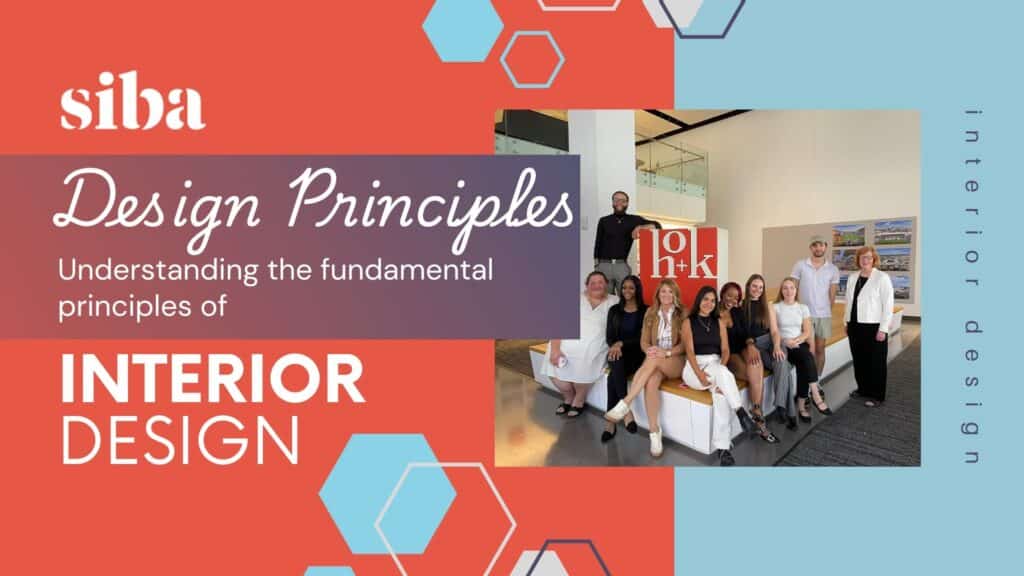As an aspiring interior designer, you’re likely eager to dive into the world of design practice, where creativity meets functionality, and aesthetics meet technical skills. Studying design practice is a crucial step in becoming a successful interior designer, and in this article, we’ll delve into the ins and outs of this fascinating field. Whether you’re just starting out or looking to enhance your skills, this comprehensive guide will provide you with the knowledge and inspiration you need to excel in design practice.
What is Design Practice in Interior Design?
Design practice refers to the application of design principles, theories, and methods to create functional, aesthetically pleasing, and safe interior spaces. It involves a deep understanding of human behavior, ergonomics, materials, lighting, acoustics, and sustainability, among other factors. Interior designers who excel in design practice are able to balance the needs of clients, users, and stakeholders while staying true to their creative vision.
Key Skills and Knowledge Areas in Design Practice
To succeed in design practice, you’ll need to develop a range of skills and knowledge areas, including:
1. Design Principles and Elements: Understanding the fundamental principles of design, such as balance, proportion, and harmony, as well as the elements of design, including line, shape, color, and texture.
2. Space Planning and Layout: Knowing how to plan and layout interior spaces to maximize functionality, efficiency, and user experience.
3. Materials and Finishes: Familiarity with various materials, finishes, and technologies used in interior design, including sustainable and eco-friendly options.
4. Lighting Design: Understanding the art and science of lighting design, including natural and artificial lighting, lighting levels, and lighting effects.
5. Acoustics and Sound Design: Knowledge of acoustical principles and sound design techniques to create optimal audio experiences.
6. Sustainability and Environmental Design: Understanding the impact of interior design on the environment and incorporating sustainable design practices into your work.
7. Building Codes and Regulations: Familiarity with local building codes, regulations, and accessibility standards to ensure compliance and safety.
8. Communication and Collaboration: Developing strong communication and collaboration skills to work effectively with clients, contractors, and other stakeholders.
The Design Process: A Step-by-Step Guide
The design process is a systematic approach to solving design problems and creating effective interior spaces. The following steps will help you navigate the design process:
1. Research and Analysis: Gathering information about the project, including the client’s needs, site analysis, and user requirements.
2. Concept Development: Generating ideas and concepts based on research and analysis.
3. Schematic Design: Creating rough sketches and diagrams to visualize the design concept.
4. Design Development: Refining the design concept, selecting materials and finishes, and developing a detailed design plan.
5. Construction Documents: Preparing detailed drawings, specifications, and documents for construction.
6. Implementation and Installation: Overseeing the construction and installation of the design.
7. Evaluation and Feedback: Assessing the final design and gathering feedback from clients and users.
The Benefits of Studying Design Practice
Studying design practice offers numerous benefits, including:
1. Enhanced Creativity: Developing your creative skills and learning to think outside the box.
2. Improved Problem-Solving: Learning to analyze problems and develop effective solutions.
3. Increased Confidence: Gaining the skills and knowledge to tackle complex design projects with confidence.
4. Better Communication: Developing strong communication and collaboration skills to work effectively with clients and stakeholders.
5. Competitive Advantage: Standing out in a competitive job market with a strong foundation in design practice.
Tips for Success in Design Practice
To excel in design practice, keep the following tips in mind:
1. Stay Curious and Open-Minded: Continuously seek out new knowledge, inspiration, and experiences.
2. Practice, Practice, Practice: Apply your skills and knowledge to real-world projects and scenarios.
3. Collaborate and Network: Work with others, share ideas, and build relationships within the design community.
4. Stay Up-to-Date with Industry Trends: Continuously update your skills and knowledge to stay current with industry developments.
5. Embrace Failure and Feedback: View failures as opportunities for growth and learning, and seek feedback from clients and peers.
Studying design practice is a rewarding and challenging journey that requires dedication, passion, and a willingness to learn. By mastering these skills, you’ll be well on your way to becoming a successful interior designer.
Are you ready to take your design skills to the next level? With the right training and support, you can unlock your full potential and create a brighter, more beautiful future for yourself and your clients. Siba’s Interior Design degree programs offers a Design Practices course that instructs students on this essential design component that brings spaces together…check out our course offerings now!
Siba creates a special opportunity for students to learn and grow creatively as well as learning valuable business tools that correspond to their specific industry. Learn more about all of our programs in Fashion Development and Merchandising, Business Administration, Graphic Design and Interior Design. Our team of experienced staff are ready and willing to help you refine your skills and build you up to reach your potential in your selected area of study. Reach out to our team today for more information! Your career and professional life begin at Siba!

